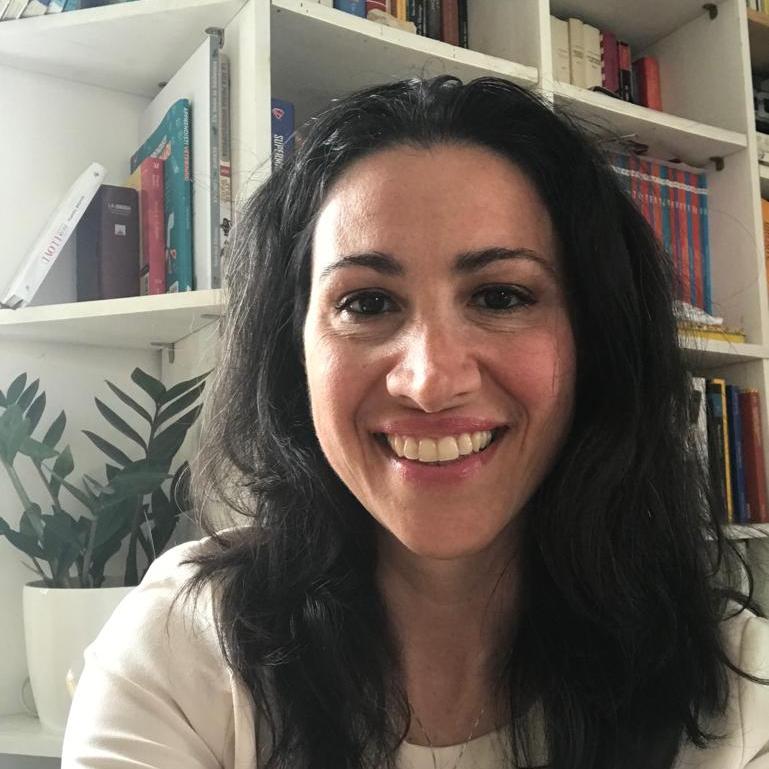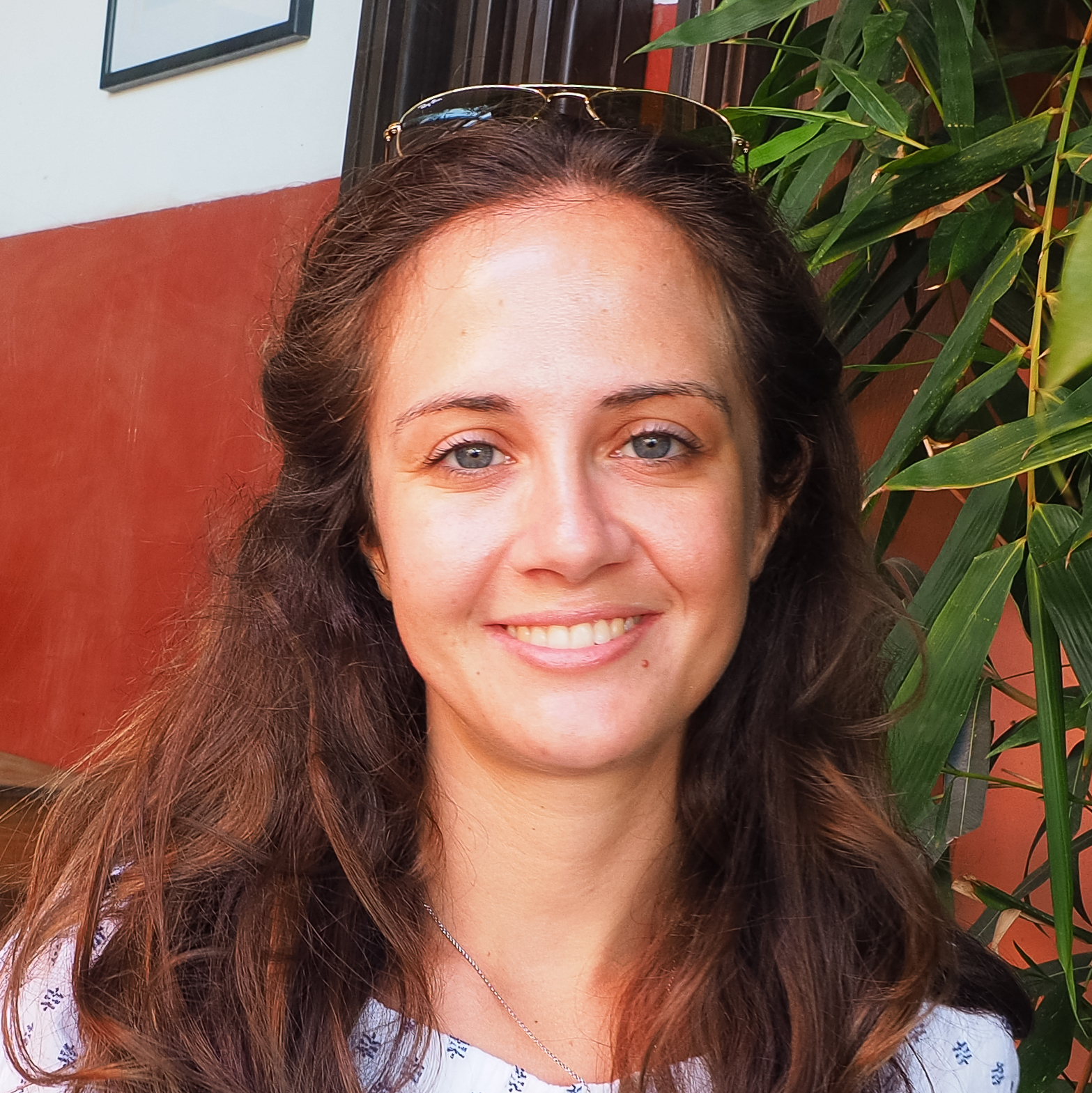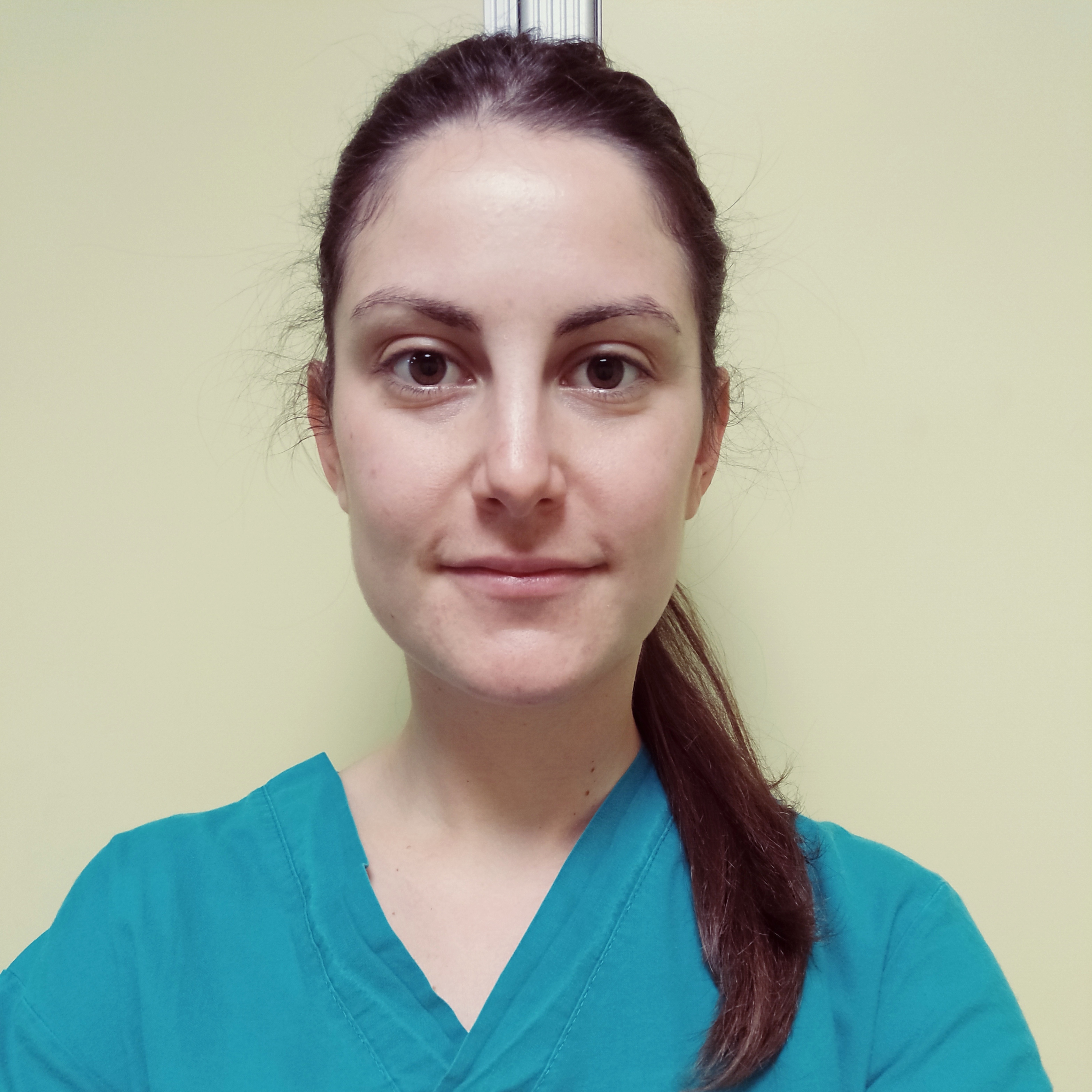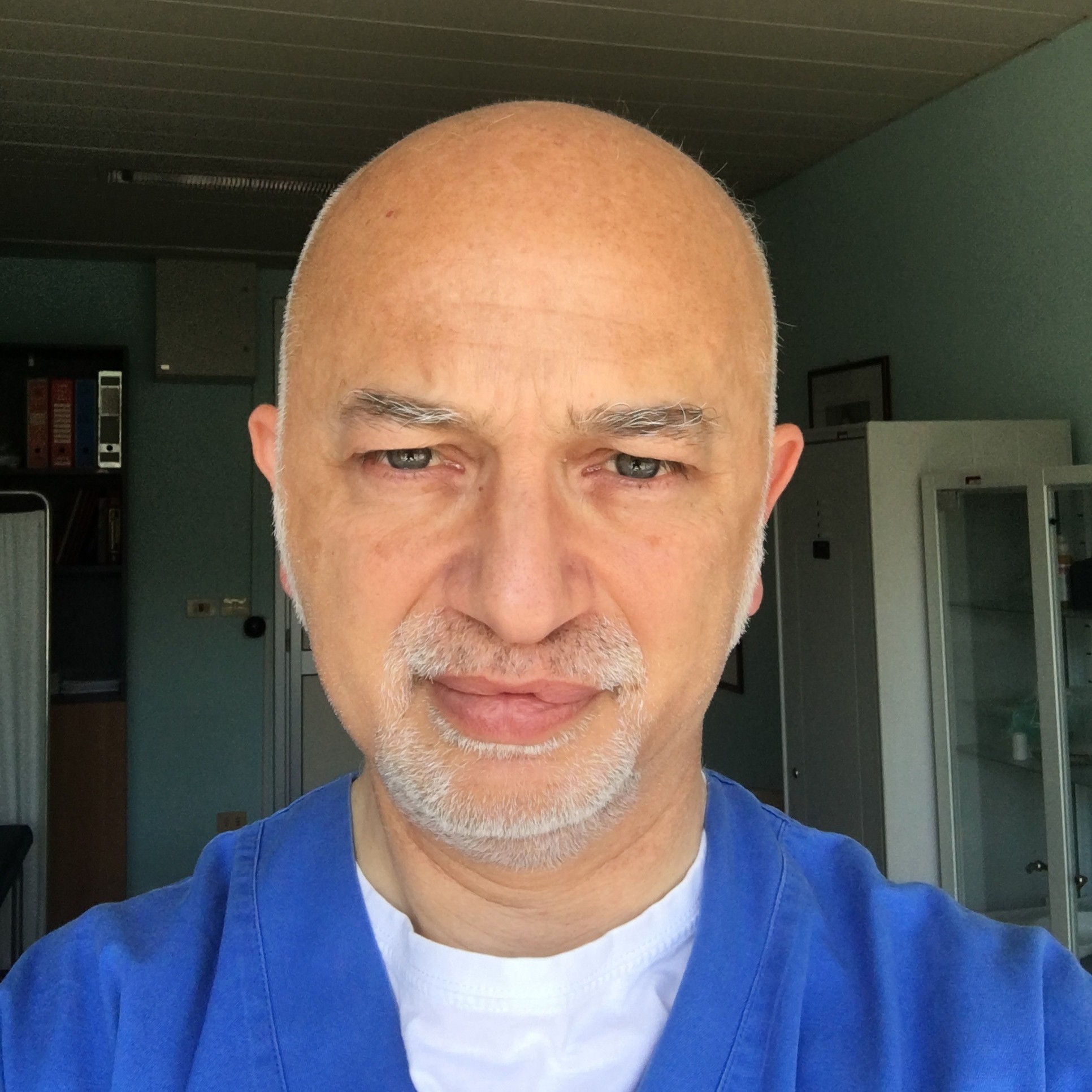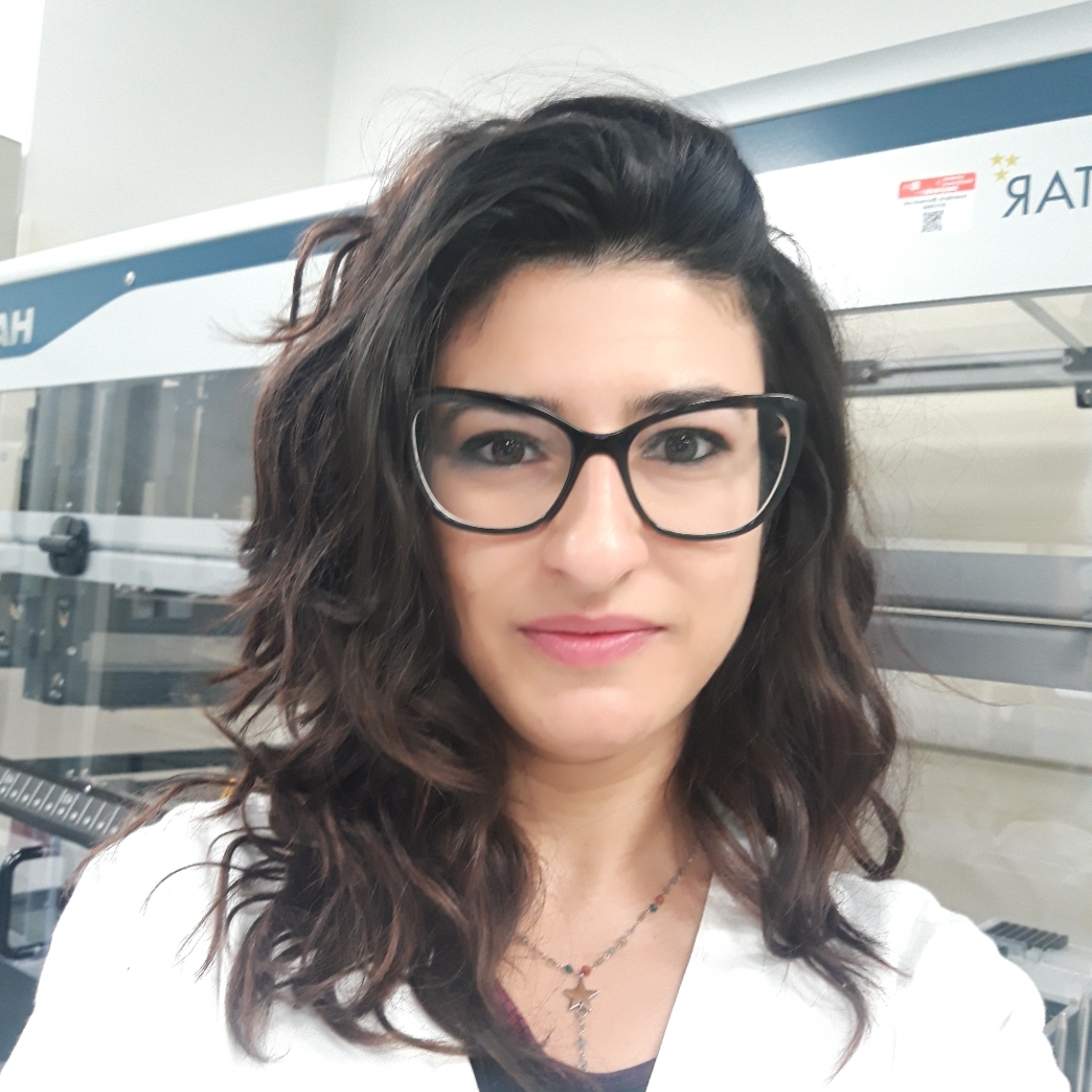Oncohematology
Our group is mainly concerned with the investigation of the molecular and cellular alterations in leukemia and related hematological malignancies to identify targets usable in a translational approach.
The Visone group investigates the regulation of microRNAs in chronic lymphocytic leukemia and the consequent effects on disease progression, including Richter’s Syndrome, to develop rational approaches for the use of microRNAs in clinical settings.
MicroRNAs are tissue-specific, and the same gene can have targets with an opposite role. The action of a microRNA is strongly conditioned from the differentiation phase and microenviromental milieu of the cancer cells.
Our goal is to find regulative sequences responsible for the deregulation of microRNAs in leukemic cells in specific contexts. We will exploit our mechanistic insight to modulate exogenous microRNA expression in vivo by nanoparticles-driven targeted delivery. We envisage that this approach could overcome the selective pressure on CLL clones likely developed by the steady expression of the deregulated microRNAs.
This interest stems from our long-standing experience on the role of microRNAs in neoplastic transformation and disease progression.
We recently welcomed the Hematological Cell Engineering laboratory (PI Prof. Mauro di Ianni) with a more translational impact on hematological malignancies. Experimental protocols to engineer and expand the immune cells of blood cancer patients are investigated to be used in clinics.
MicroRNAs and cancer laboratory (group leader Prof. Visone)
MicroRNAs and cancer laboratory Our laboratory demonstrated that A microRNA can be regulated in the same cell in an allelic-specific way. We demonstrated that the region surrounding a rare SNP upstream of the miR-15a/16-1 cluster, a key gene in the pathogenesis of chronic lymphocytic leukemia functions as an activator of transcription by RNA polymerase III (RPIII). This regulation of the miR-15a/16- cluster is independent of the DLEU2 host gene, which is transcribed monoallelically by RPII. Our data indicate that usually, one allele of miR-15a/16-1 is transcribed by RNAPII, the other one by RNAPIII. In CLL patients harboring 13q14 deletions, exclusive RPIII-driven transcription of the cluster occurred as a consequence of loss of the RPII-regulated allele and correlated with high expression of the poor prognostic marker ZAP70 (P=0.019). This is a novel biological process, characterized by double allele-specific transcriptional regulation of the miR-15a/16-1 locus by alternative mechanisms. Differential usage of these mechanisms may influence the outcome of patients. A microRNA can change its function during the progression of cancer. Our laboratory shown that miR-155 contributes to induce aneuploidy at the early stages of cell transformation by targeting proteins for the correct chromosome alignment during cellular mitosis, such has BUB1. However, in the advanced stages of in vitro fibroblasts transformation and chronic lymphatic leukemia, the expression of BUB1 is restored to maintain the survival of aneuploid clones. An RNA binding protein inhibits the targeting of the miR-155 to BUB1, restoring its expression and supporting steps of selection and expansion of the most fitting leukemic clones. The action of a microRNA on the specific targets is strikingly associated with the surrounding environment The clinical progression of B-cell CLL is associated with immune cell dysfunction and a sharp decrease in miR-181b, which promotes the programmed death of CLL cells. We have shown that activated CD4+T cells increase miR-181b expression in the B-CLL through CD40-CD40L signaling, which improves maturation and the activity of cytotoxic T cells and, consequently, the apoptotic response of B-CLL cells. This phenomenon is due, at least in part, to miR-181b-induced depletion of IL10, which is a strong immune response inhibitor in CLL. In vivo experiments in a model of immunocompromised mice confirmed that miR-181b induces the CLL cell death only when the immune system with functional T cells is restored. This suggests that stimuli from T cells are indispensable to allow the CLL cell death miR-181b mediated.READ MORE
Hematological Cell Engineering Laboratory (group leader Prof. Di Ianni)
Activities and research lines: Our group is involved in cellular manipulation in the setting of allogeneic stem cell transplantation. Experimental and clinical models were developed along decades. Our group is also involved in the study of the role of NOTCH1 in Chronic Lymphatic Leukemia (CLL). READ MORE
 Fabiana PalmieroStudent Contact |
||
 |
 |
|
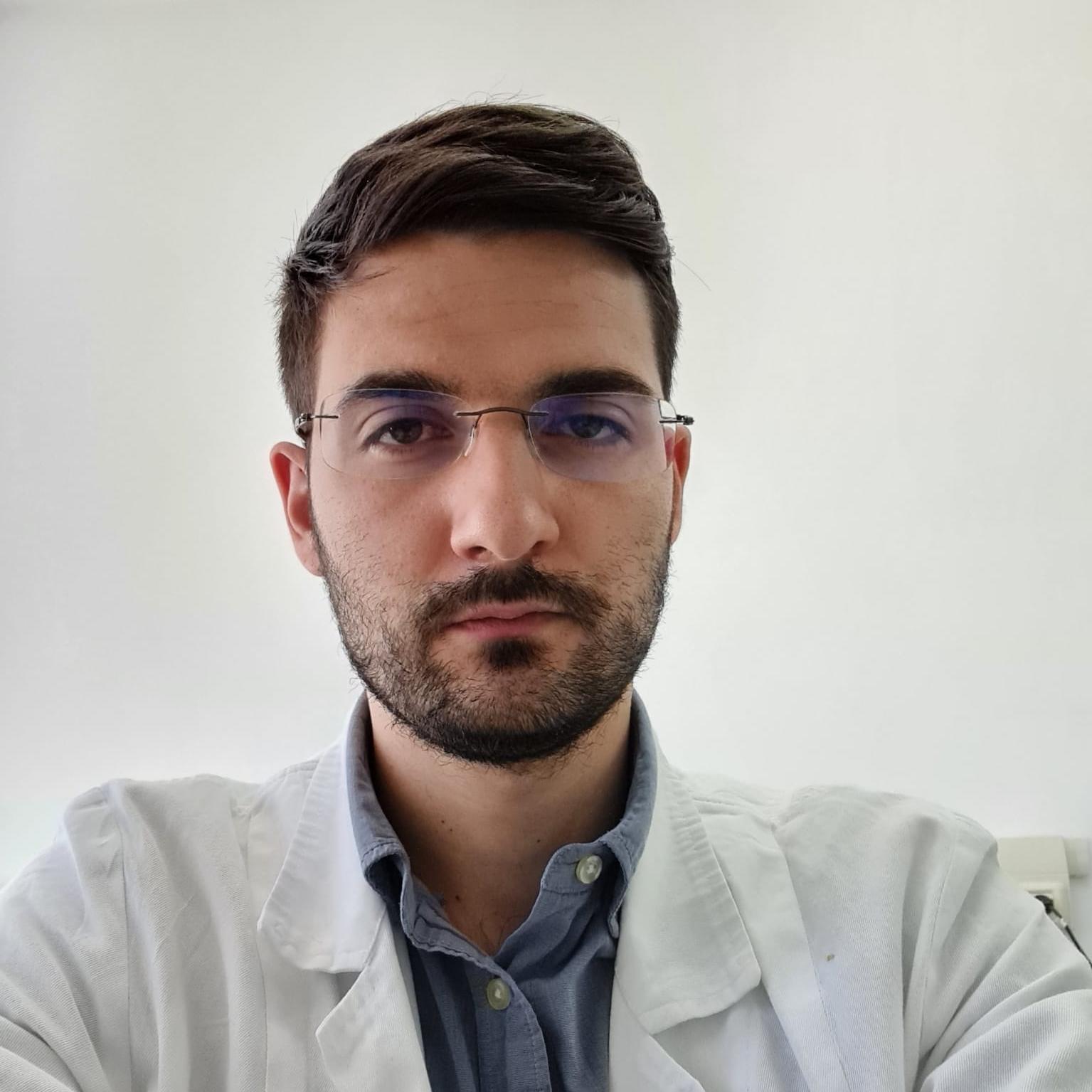 |
